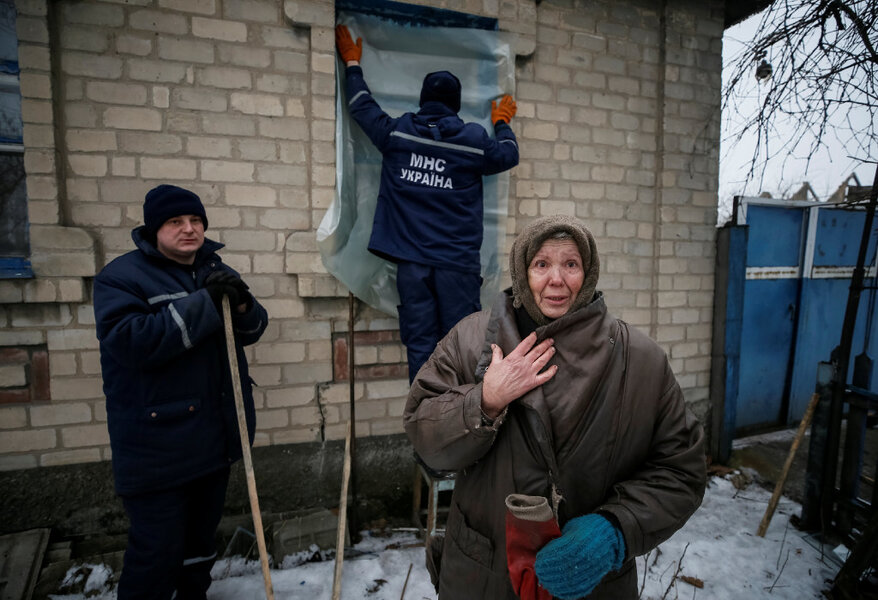A simple truth about countering fake news
Loading...
After the US claimed Moscow meddled in the 2016 presidential election, Congress voted to spend $160 million to counter fake news from Russia and other countries. In Europe, too, democratic governments have started to monitor Russian propaganda in their elections. And last year the European Union launched a service to expose pro-Kremlin disinformation.
Yet perhaps no country has been the target of more media manipulation by Russia than Ukraine. Since their anti-Moscow revolution in 2014, Ukrainians have been subjected to “news” from Russia aimed at sowing distrust of their government and the West. The most notorious fabrication was Russia’s attempt to blame Ukraine for the destruction of Malaysia Airlines Flight 17.
Can Ukraine now offer a lesson to other democracies that are waking up to Russia’s attempt to create doubt and division in open societies through distortions and lies.
For the most part, Ukraine has tried censorship and truth-telling to lessen the impact of Moscow’s information warfare. Officials, for example, have banned Russian TV channels. And a group of journalists set up the website stopfake.org to do independent fact-checking on information in the media. In addition, foreign assistance has provided training to increase the number of impartial journalists.
Yet in today’s digital world, citizens are much more in charge of media consumption. Distrust of the traditional press is rising. News outlets are more numerous, diverse, and democratic. Media have become more shared between consumers than distributed from on high. As a result, countries like Russia can more easily exploit these trends through social media, blogs, and direct propaganda via government-backed “news” outlets.
What is needed beyond protecting the media landscape from Russian myth-making is to increase the “media literacy” of news consumers. In an experiment last year sponsored by Canada and run by the nonprofit IREX, more than 15,000 Ukrainians participated in workshops that trained them to be more discerning in reading and watching media reports. Participants, for example, were taught how to “resist fakes,” how to check the truthfulness of headlines, and how to better understand when information channels are credible and reliable. Many went away eager to share their newfound skills.
This is an important step, not only in countering fake news but in how to approach consumers of news. These workshops presumed Ukrainians have the capacity and desire to detect falsehoods and demand honesty in news. With a little training, they were able to hone their critical thinking skills and learn to spot attempts at manipulation.
Such workshops put citizens on the front lines of the information wars. Perhaps that is the greatest lesson from a country that has tried the hardest to break free of a truth-bending adversary.





